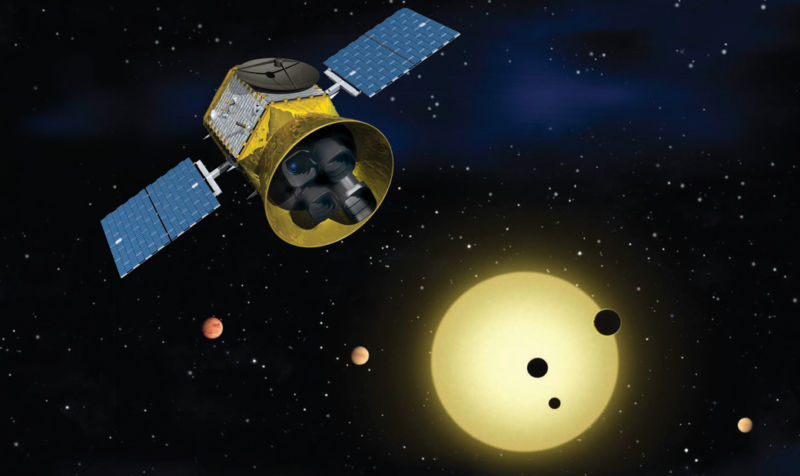Get ready for a flood of new exoplanets: TESS has already spotted two

NASA's successor to the Kepler mission, the Transiting Exoplanet Survey Satellite (TESS), is already paying dividends. The satellite was only launched in April and spent time undergoing commissioning and calibration. But it has now started its science mission, and researchers have already discovered two new planets.
These are expected to be the first of as many as 10,000 planets spotted by TESS. So we thought this was a good opportunity to take a careful look at the planet hunter's design, the goals that informed the design, and what its success should mean for our understanding of exoplanets.
Four eyesThe body of TESS is pretty simple, being composed largely of a fuel tank and thrusters. It has reaction wheels for fine control of its orientation and a pair of solar panels for power. The business end of TESS consists of a sun shield protecting not one but four telescopes. Instead of being able to focus on faint objects, the telescopes (each a stack of seven lenses above CCD imaging hardware) are designed to capture a broad patch of the sky.
Read 20 remaining paragraphs | Comments